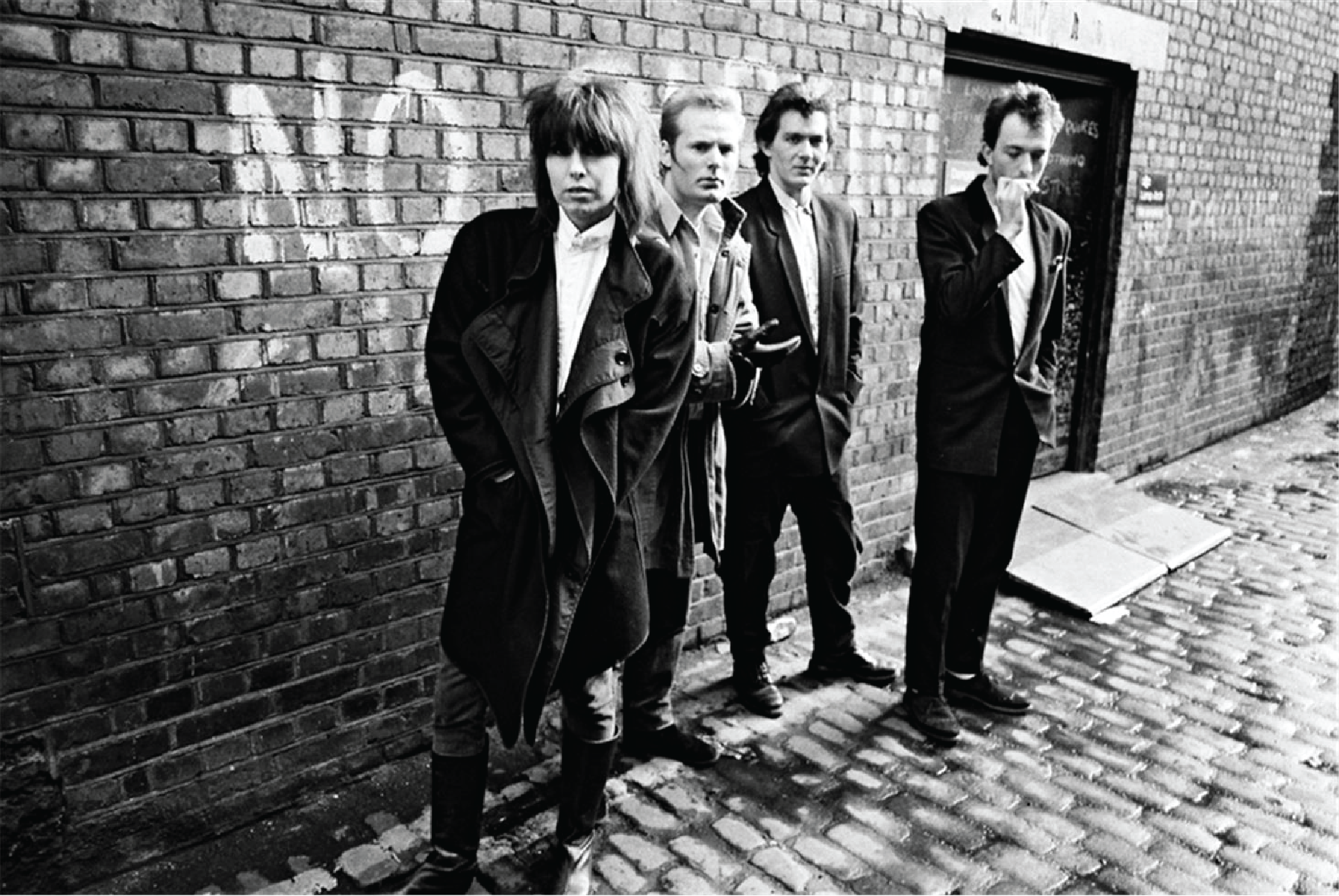Under the Covers: Morrissey x Pretenders
Chrissie Hynde, founding member of the Pretenders, wrote “Back on the Chain Gang” in 1982 after James Honeyman-Scott, the band’s lead guitarist, died of a drug overdose. Ten months later, the Pretender’s former bass player Pete Farndon also died from overdosing. Even with the sudden loss...
Chrissie Hynde, founding member of the Pretenders, wrote “Back on the Chain Gang” in 1982 after James Honeyman-Scott, the band’s lead guitarist, died of a drug overdose. Ten months later, the Pretender’s former bass player Pete Farndon also died from overdosing. Even with the sudden loss of two band members, the industry remained persistent that Hynde continue to write and record music: “Back on the Chain Gang” serves not only as a tribute to Honeyman-Scott, but also as an expression of her frustration with the music industry and its unrelenting demands.
In 2017, Morrissey released a cover of the song on his album, Low in High School, in celebration of his relationship with Chrissie Hynde, which he calls one of his “longest and enduring” friendships. The lyrics remain mostly unchanged from the original, with the only exception resulting from Morrissey recording the song from memory — without reviewing the official lyrics. This seems to underscore the song’s sentimental nature for Morrissey. The instrumental portion of the song also received little overhaul, maintaining the snappy guitar riffs and powerful snare drum of Hynde’s. The ‘ooh – ah’ that repeats throughout the chorus of the original did not, sadly, survive the re-recording.
Morrissey’s cover differs most drastically from the original in its music video. The 1984 video opens with images of people in suits walking around a city, likely going to work. We see Chrissie Hynde follow them around while singing, seemingly reflecting on the extent to which our jobs can invade and destroy our personal lives. Later in the music video, she walks past exhausted men swinging pickaxes at rock and dirt in what looks like a prison environment. In the same way that Hynde’s lyrics communicate her resentment for the overly-commercialized music industry and the negative influence its demands had on her personal life, her music video communicates a parallel sentiment, depicting the monotony and servitude people are subjected to by their bosses and jobs.
By contrast, Morrissey’s video takes place in a single, dimly lit room, and is composed entirely of shots of him and the band performing the song. The back wall of the room is covered in Morrissey posters, and there are women placed randomly along the edges swaying in tune with the music. Morrissey is also depicted playing guitar throughout the entire video — notable because he cannot actually play guitar. As he told Rolling Stone magazine, he “wanted people to see that [he could] play as well as Jeff Beck” of the Yardbirds.
Morrissey’s video does seem to subvert the message of the original. It is not as visually engaging, nor are the visuals in tandem with the meaning behind the lyrics. While it is a good cover, the out-of-touch nature of the video brings into question the song’s legitimacy as an effective re-recording. Then again, if this cover doesn’t appeal to you, you can still always listen to Hynde’s.

